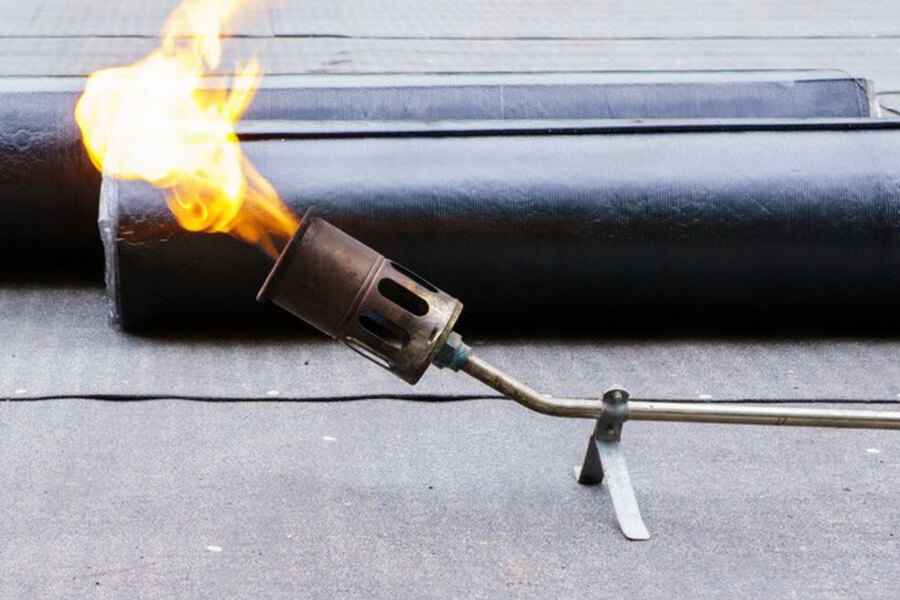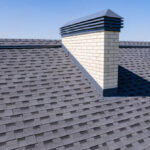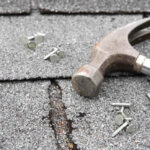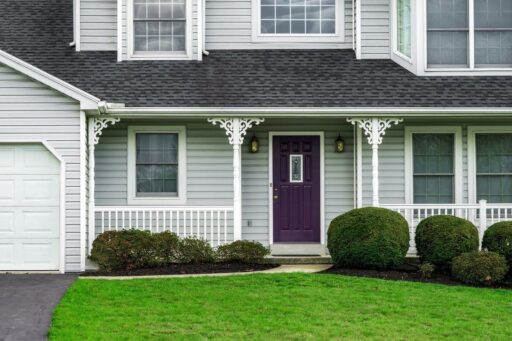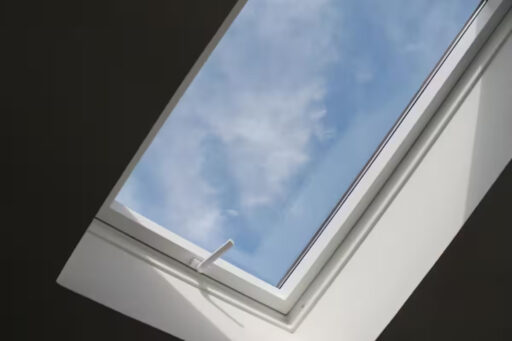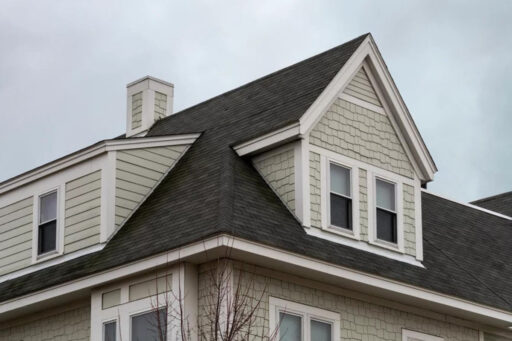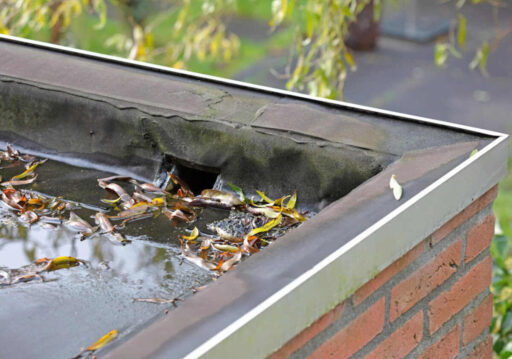In Vancouver’s unique climate, where buildings face significant rainfall and temperature variations throughout the year, choosing the right roofing system is crucial for energy efficiency. Torch down roofing has emerged as a leading solution for commercial and residential buildings, offering substantial energy-saving benefits while providing excellent protection against the region’s challenging weather conditions.
Understanding Torch Down Roofing Technology
Torch down roofing consists of modified bitumen membranes that are heat-welded to create a seamless, waterproof barrier. The system derives its name from the application process, where professionals use specialized torches to heat and bond the materials. The membrane typically includes multiple layers of reinforced materials, creating a robust thermal barrier that contributes significantly to a building’s energy performance.
Energy Efficiency Benefits in Vancouver’s Climate
Vancouver’s maritime climate presents unique challenges for building energy management. Torch down roofing systems offer several specific advantages that address these challenges:
- Enhanced Thermal Resistance
The modified bitumen used in torch down roofing systems contains advanced polymers that provide exceptional thermal resistance. Testing has shown that properly installed torch down roofing can achieve R-values between 5.6 and 7.8 per inch of thickness. This thermal performance helps maintain consistent indoor temperatures throughout Vancouver’s varying seasons. - Solar Heat Management
The surface of torch down roofing can be manufactured with specialized granules that reflect solar radiation. Research indicates that these reflective surfaces can reduce roof surface temperatures by up to 50°F (10°C) during peak summer conditions. This significant temperature reduction translates to lower cooling costs during warmer months. - Moisture Control and Insulation Performance
Vancouver’s frequent rainfall makes moisture control essential for maintaining energy efficiency. Torch down roofing creates an impermeable barrier that prevents water infiltration, ensuring that insulation maintains its thermal performance. Studies show that wet insulation can lose up to 40% of its thermal resistance capability, making this moisture protection crucial for long-term energy efficiency.
Long-Term Energy Cost Reduction
The installation of torch down roofing typically results in measurable energy savings over time. Buildings in Vancouver have reported:
- Heating Cost Reduction
During winter months, properly installed torch down roofing systems help retain indoor heat more effectively. Building owners have documented heating cost reductions ranging from 15% to 25% after installing these systems, particularly in older buildings where roof heat loss was previously significant. - Cooling Energy Savings
In summer, the reflective properties and thermal resistance of torch down roofing reduce the cooling load on HVAC systems. Technical assessments have shown that buildings can achieve cooling energy savings of up to 30% during peak cooling periods. - Year-Round Temperature Stability
The consistent performance of torch down roofing helps maintain stable indoor temperatures throughout Vancouver’s seasonal changes. This stability reduces the frequency of HVAC system cycling, leading to lower energy consumption and reduced wear on heating and cooling equipment.

Environmental Impact and Sustainability
Beyond immediate energy efficiency benefits, torch down roofing contributes to broader environmental sustainability goals:
- Reduced Carbon Footprint
By lowering energy consumption for heating and cooling, torch down roofing helps reduce a building’s carbon emissions. Studies of commercial buildings in Vancouver have shown that improved roof insulation can reduce annual carbon emissions by up to 5 metric tons for every 10,000 square feet of roof area. - Extended Service Life
Quality torch down roofing systems typically last 20–25 years when properly installed and maintained. This longevity reduces the environmental impact associated with frequent roof replacement and disposal of roofing materials. - Material Innovation
Modern torch down roofing materials increasingly incorporate recycled content and eco-friendly components. Manufacturers now produce membranes containing up to 25% recycled materials while maintaining high energy efficiency performance standards.
Installation Considerations for Maximum Efficiency
To achieve optimal energy efficiency results, several factors must be considered during installation:
- Professional Installation Requirements
Proper installation by certified professionals is essential for maximizing energy efficiency benefits. Vancouver’s building codes require specific installation standards to ensure proper heat welding and seam integrity. Professional installers must follow manufacturer specifications for membrane overlap, heat application, and edge detailing. - Climate-Specific Application Methods
Vancouver’s weather patterns require specific installation timing and techniques. Installation during appropriate weather conditions ensures proper membrane adhesion and long-term performance. Temperature and humidity monitoring during installation is crucial for optimal results. - Integration with Building Systems
Successful torch down roofing installation must account for proper ventilation and integration with existing building systems. Proper attention to roof penetrations, drainage systems, and mechanical equipment mounting ensures the energy efficiency benefits are not compromised.
Maintenance and Long-Term Performance
To maintain energy efficiency benefits over time, regular maintenance is essential:
- Scheduled Inspections
Bi-annual professional inspections help identify and address any issues that could impact energy performance. These inspections should focus on seam integrity, drainage patterns, and surface condition. - Preventive Maintenance
Regular cleaning of drainage systems and removal of debris helps maintain the roof’s reflective properties and thermal performance. Professional maintenance programs typically include surface cleaning, repair of minor damages, and reapplication of protective coatings when needed. - Performance Monitoring
Building owners can track energy consumption patterns before and after installation to quantify savings. Energy monitoring systems help validate the performance benefits and identify any areas requiring attention.
Economic Benefits for Vancouver Buildings
The implementation of torch down roofing offers significant economic advantages:
- Return on Investment
Analysis of commercial installations in Vancouver shows that energy savings typically recover the additional cost of high-performance torch down roofing within 5–7 years. These calculations consider local energy costs and typical usage patterns. - Property Value Enhancement
Buildings with documented energy efficiency improvements, including high-performance roofing systems, often command higher property values. Real estate assessments indicate that energy-efficient buildings can achieve 5-10% higher valuations compared to similar properties with standard roofing systems. - Operational Cost Benefits
Beyond direct energy savings, improved thermal performance reduces wear on HVAC systems, potentially extending equipment life and reducing maintenance costs. Building managers report lower frequency of temperature-related tenant complaints and reduced need for HVAC adjustments.
Final thoughts
Torch down roofing represents a significant opportunity for Vancouver building owners to improve energy efficiency while providing excellent protection against local weather conditions. The system’s proven thermal performance, moisture resistance, and durability make it an exceptional choice for both new construction and renovation projects. When properly installed and maintained, torch down roofing delivers measurable energy savings while contributing to broader sustainability goals. As energy costs continue to rise and environmental concerns remain paramount, investing in high-performance roofing systems becomes increasingly important for Vancouver’s building owners and managers.
